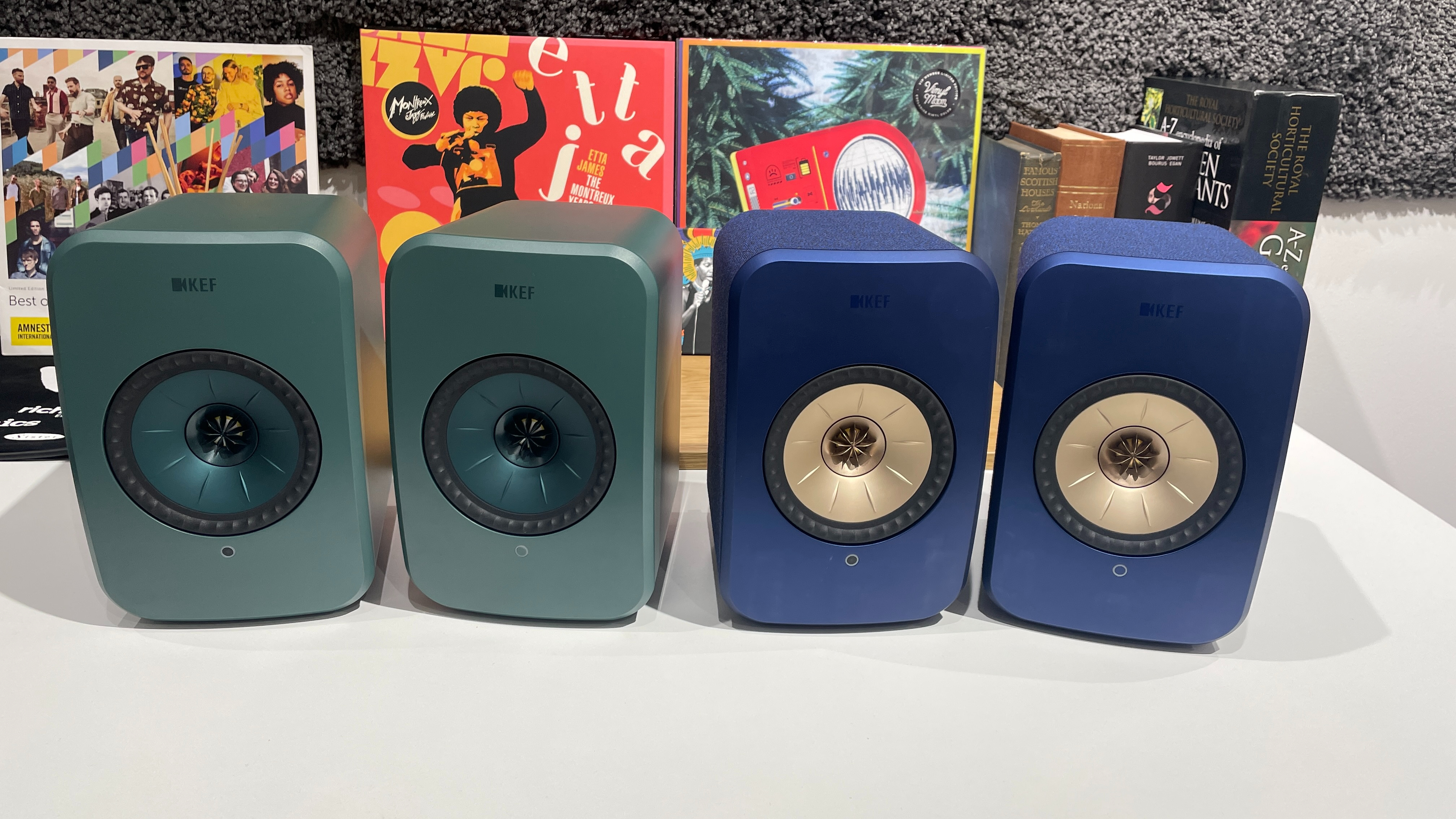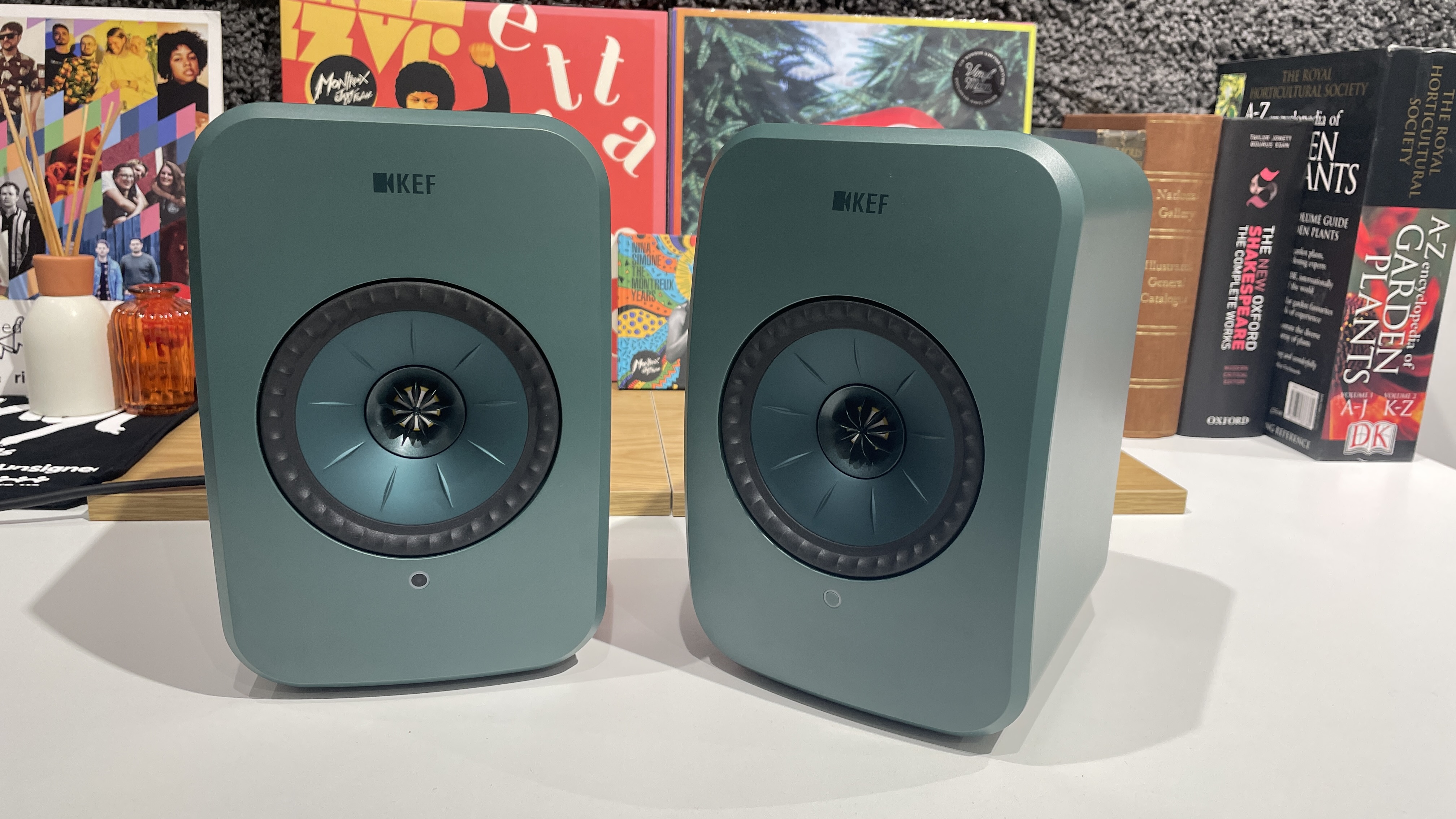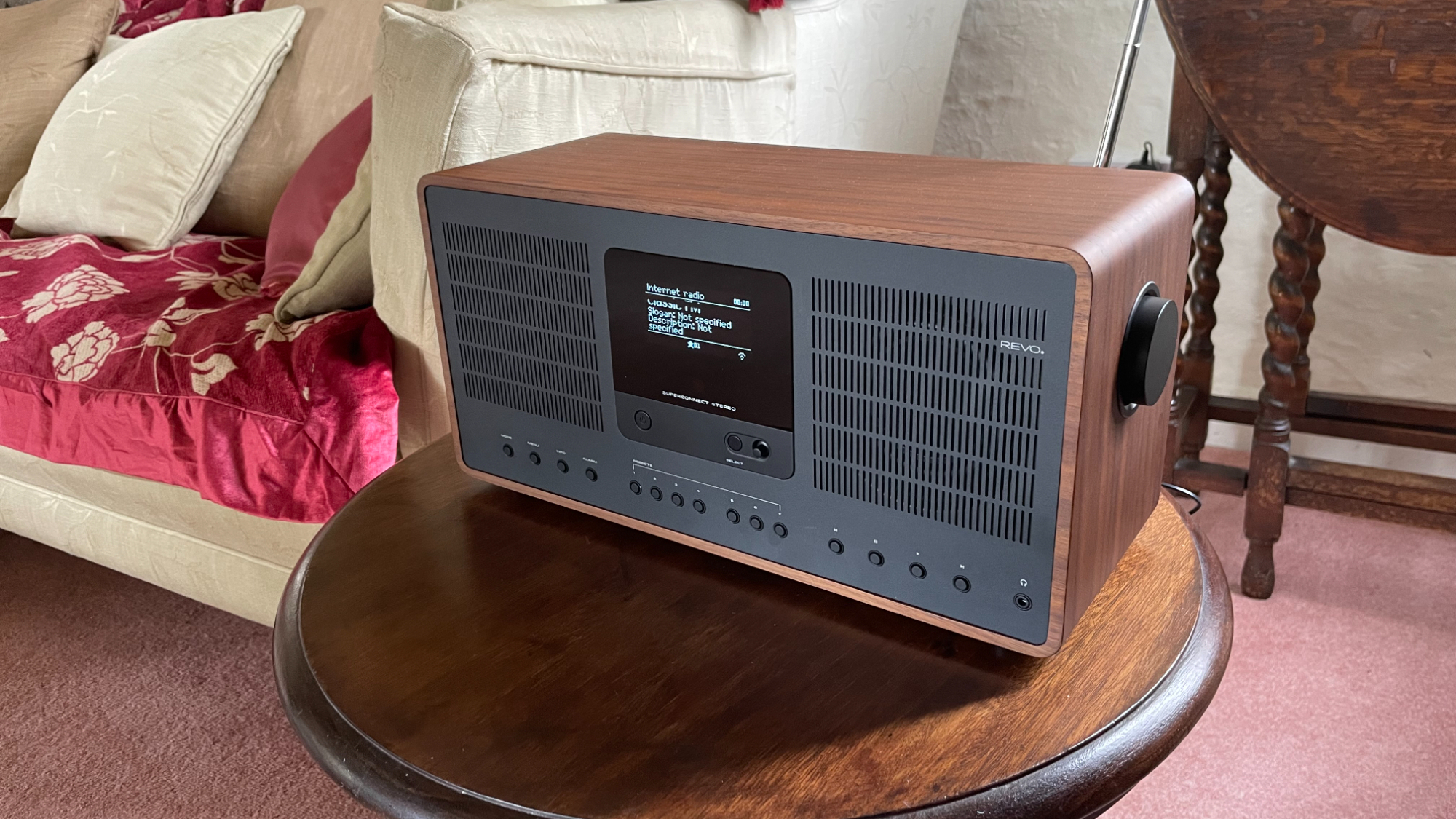
While it’s easy to be a misanthrope about where the world of audio (or the wider world in general) is headed, most technological progress does tend towards giving the consumer more, rather than less, of what they had before. Sound quality is perhaps progressing incrementally at the moment, with much of the real progress found in areas extrinsic to pure audio fidelity. Head tracking, spatial audio, Google Cast, AirPlay 2, Auracast. The list goes on...
It's a trend that you will see a lot of in the modern world. Most consumer cars aren’t actually getting much better to drive, but your new Audi or Mercedes has made it noticeably easier to hook up your iPhone via Bluetooth, navigate via an onboard sat nav and operate the sunroof with the touch of an electrical button. Some of them even park themselves. Similarly, most audio brands are fitting their products with the sort of sought-after features that, ten or so years ago, were barely breaking through to the mainstream market.
In the release of any new creation to the market, it feels as though there are multitudes of protocols and platforms that must be included, so audio consumerism can start to feel like something of a box-ticking exercise. Manufacturers are clearly feeling the pressure to tick off as many of those boxes as they can, passing on this "the more the merrier" attitude to consumers even though the actual customer may use only, say, a third of the features on offer.
Noise cancelling, for instance, is everywhere within the world of wireless headphones, with most of us now expecting the extra luxuries of Bluetooth Multipoint, dynamic head tracking (why?), spatial audio and a whole lot more from premium or even mid-range models. Features sell headphones as much as the sound itself, if not more, because they are an eye-grabbing and tangible way of filling out a bulging specification sheet in a quantifiable, recognisable way. “A “bold, energetic sound”? Hmm, if you say so. “ANC and 50 hours of battery life?” Sold!
The same is true in the world of “proper” hi-fi. We expect our network music streamers or our speaker systems, even our smart radios, to be kitted out with all of the latest cutting-edge features, from streaming smarts courtesy of AirPlay 2 and Tidal Connect, to multitudes of connectivity options including HDMI, wi-fi (although less and less so via an aux input, sadly). We expect everything to be smart and well-furnished, but is there a danger we are merely encouraging manufacturers to provide us with products that are overstuffed with things we don’t actually want or need? They don't come for free, after all.

I’m not saying that’s definitely the case in all instances, and there are obviously things that you couldn’t or wouldn't want to do without if it's crucial to your music-listening needs. But the arrival of the new KEF LSX II LT speaker system has had me questioning whether some companies, and thus consumers, could be a little more savvy and selective about what they choose to include and omit with certain products. The LSX II LT are basically the “lite” (hence “LT”) version of the established KEF LSX II speaker system, stripping away non-essential features in a bid to cut costs and give the buyer better value. There’s no aux input (RIP), no wireless link between the speakers and no Roon Ready-ness – but the sound remains exactly the same across both versions.
What you’re left with on the flipside is a saving of £300 ($500 / 400AU$) or so while skimping on features that most users won’t miss for a moment. Even within the world of hi-fi, only a few people we know pay for Roon, while a lack of an aux cable can usually be worked around if your source has access to USB-C (most modern devices do). Not having a wireless connection between the two speakers might be off-putting, but the best sound and resolution come when you use the supplied USB-C cable, which on the new KEF LSX II LT cleverly carries the power between both speakers as well. As far as we can tell, a lot of chaff has been cut for the sake of preserving a bounty of tasty wheat.
And the LSX II LT are tasty indeed. Close your eyes and swap in the pricier LSX II model for the newer, slimmed-down version and you will barely be able to tell the difference when it comes to sound. In essence, they sound the same, meaning you could potentially pay £300 less for an Award-winning streaming system by sacrificing features that may not be entirely essential.
Consider any piece of hi-fi or wearable audio that you own, and think about which features you regularly use and which you use with the same regularity as the Olympic Games. I have had the joy of the excellent Revo SuperConnect Stereo perched on my kitchen countertop for a matter of months, and while the availability of extensive streaming features was definitely nice to have, it spent most of its days pumping out Classic FM. It was jolly good at it, too, I might add.

This seems like a lead that other manufacturers should consider following. The assumption with most products is that the more expensive they get, the more specced out they are and the better they sound; but what the KEFs suggest is that we are often simply paying for the spec sheet rather than a pure improvement in sonic performance. After many hours of thinking and scouring, I can't think of many brands that offer a "same sound but fewer features" alternative to some, or any, of their mainline products. A drop in price almost always means a drop in sound quality and a distinct model number.
Either way, it’s lovely to have the option, and we are impressed with KEF for at least thinking to provide it. The LSX II LT have won us over because they have delivered us a choice, to preserve the sound that we fell in love with from the original LSX II while offering a diminished feature set that, frankly, we can live with rather happily as it is.
It seems, currently, that we’re obsessed with how much an audio product can do rather than simply how good it sounds. Giving customers the choice to pick the features they want at the most convenient prices might go some way to easing the cost of audio in general, with manufacturers prioritising the preservation of sound rather than fretting over a few minor or non-essential features that many of may not use much anyway.
Hey, it's just a thought.
MORE:
Read our KEF LSX II LT review
And, of course, our KEF LSX II review
Best hi-fi systems: micro, vinyl and streaming music systems for the home
These are the best standmount speakers
KEF LSX II vs KEF LSX II LT: which speaker system is best for you?







